Blogs & News
We are focus on automotive wiring harness & connectors technology.
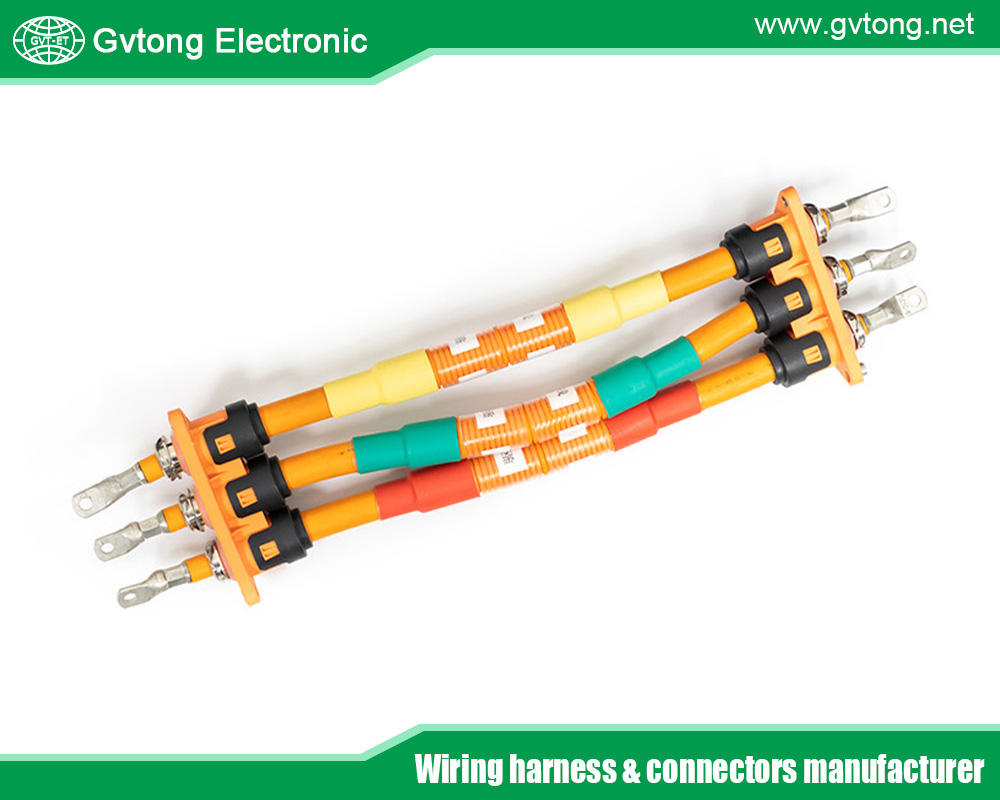
Manufacturers Tell You the Tips for Identifying 8-Pin Wire Connectors
- Gvtong Electronic
- 8-Pin Wire Connectors, 8-Pin Wire Connectors Factory, 8-Pin Wire Connectors Manfacturer, 8-Pin Wire Connectors Supplier, ADAS sensor connectors, Anti-vibration automotive connectors, Automated assembly connectors, automotive antenna connector, automotive coaxial connector, automotive data connector, automotive diagnostic connector, automotive electrical connector, automotive high - frequency, Automotive high - frequency connector, automotive hybrid connector, automotive optical fiber connector, automotive power distribution, Automotive power distribution connector, Automotive shielded connectors, Automotive temperature - resistant connector, automotive vibration - resistant, automotive waterproof connectors, Blind-mate automotive connectors, Cost-effective automotive connectors, Fuel cell connectors, Halogen-free automotive connectors, High-speed data connectors, High-temperature resistant connectors, In-cabin infotainment connectors, Lightweight automotive connectors, Low-contact resistance connectors, Modular automotive connectors, Multi-variation connectors, Oil-resistant automotive connectors, Pre-charge/discharge connectors, Wireless charging connectors
- No Comments
Manufacturers Tell You the Tips for Identifying 8-Pin Wire Connectors
In the intricate world of automotive and industrial electrical systems, 8-pin wire connectors are ubiquitous, serving as critical components for transmitting power, signals, and data between modules. Found in everything from engine control units (ECUs) to infotainment systems, these connectors ensure reliable communication in demanding environments. However, identifying the correct 8-pin connector for a specific application can be challenging due to the variety of designs, pin configurations, and specifications available. Misidentifying a connector can lead to improper connections, system malfunctions, or costly repairs. Manufacturers, with their deep expertise in connector design and application, offer valuable insights to simplify this process. This article compiles essential tips from industry experts to help you accurately identify 8-pin wire connectors. By understanding connector types, physical characteristics, electrical specifications, and industry standards, you can confidently select the right connector for your vehicle or project, ensuring optimal performance and reliability.
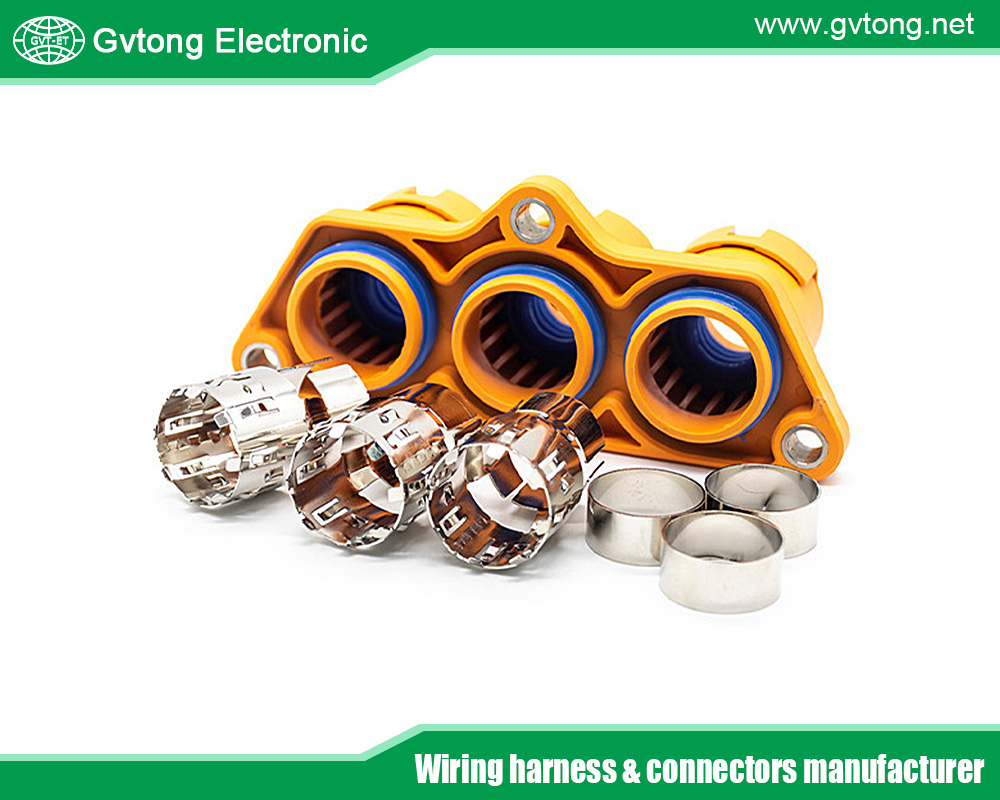
Understand the Types of 8-Pin Connectors
Manufacturers emphasize that the first step in identifying an 8-pin wire connector is recognizing the various types available, as each is designed for specific applications.
Automotive Multi-Pin Connectors
Common in vehicles, these connectors (e.g., Deutsch DT, Molex Mini-Fit, or AMP Superseal) are rugged, weatherproof, and designed to withstand vibration and harsh conditions. They often feature locking mechanisms and sealed housings for use in engine bays or exterior applications.
Circular Connectors
Circular 8-pin connectors, such as M12 or DIN-style connectors, are prevalent in industrial and automotive sensor applications. They are ideal for compact spaces and often include threaded or bayonet-style locking for secure mating.
Rectangular Connectors
Rectangular 8-pin connectors, like those in the Tyco/TE Connectivity Mate-N-Lok series, are used in interior vehicle systems, such as infotainment or dashboard wiring. These connectors prioritize ease of connection and high pin density.
PCB-Mounted Connectors
Found in ECUs or control modules, these connectors interface directly with printed circuit boards (PCBs). They require precise pin alignment and are often non-serviceable without specialized tools.
Manufacturer Tip:
- Check the connector’s application context (e.g., automotive, industrial, or marine) to narrow down the type.
- Look for branding or part numbers molded onto the connector housing, which can indicate the manufacturer (e.g., Delphi, Yazaki, or Bosch) and series.
Examine Physical Characteristics
Physical features provide critical clues for identifying 8-pin connectors. Manufacturers recommend a systematic inspection of the connector’s design and components.
Connector Shape and Size
Determine whether the connector is circular, rectangular, or another shape. Measure its dimensions (length, width, diameter) using a caliper to match against manufacturer specifications. For example, an M12 circular connector has a standard diameter of approximately 12 mm, while a Deutsch DT connector is larger and rectangular.
Pin Layout and Orientation
Inspect the pin arrangement (e.g., 2×4 grid, circular pattern, or staggered). Some connectors have keyed or polarized designs to prevent incorrect mating. Note the pin size (e.g., 1 mm, 2 mm) and whether they are male (pins) or female (sockets).
Locking Mechanism
Identify the locking type, such as push-lock, screw-lock, latch, or bayonet. For instance, AMP Superseal connectors use a latch, while M12 connectors often have a threaded lock. The locking mechanism can help distinguish between similar-looking connectors.
Sealing and Environmental Rating
Check for sealing features like rubber gaskets or O-rings, which indicate weatherproofing (e.g., IP67 or IP68 ratings). Sealed connectors are common in automotive applications exposed to moisture or dust.
Manufacturer Tip:
- Take clear photos of the connector from multiple angles and compare them to manufacturer datasheets or online catalogs.
- Use a magnifying glass to inspect small details, such as pin spacing or molded markings, which may include part numbers or logos.
Check Electrical Specifications
Manufacturers stress that electrical characteristics are crucial for identifying the correct 8-pin connector, as they determine compatibility with the system.
Voltage and Current Rating
Each connector is rated for a specific voltage (e.g., 12V, 24V, or higher) and current (e.g., 5A, 13A per pin). Automotive connectors typically handle low-voltage DC systems (12V–48V), but some industrial 8-pin connectors support higher voltages. Verify the system’s requirements against the connector’s rating.
Signal Type
Determine whether the connector carries power, analog signals, or digital data (e.g., CAN bus, LIN, or Ethernet). For example, connectors for CAN bus systems often have specific pin assignments for high-speed data transmission.
Wire Gauge Compatibility
Check the wire gauge (AWG) the connector accommodates, typically indicated in the datasheet. Automotive 8-pin connectors often support 16–22 AWG wires, but this varies by design.
Manufacturer Tip:
- Use a multimeter to test the connector’s pin functions (e.g., power, ground, signal) if the system is powered.
- Cross-reference electrical specs with the vehicle’s wiring diagram or equipment manual to ensure compatibility.
Identify Manufacturer Markings and Standards
Manufacturers embed identifying features on connectors to aid in traceability and compatibility.
Part Numbers and Branding
Most connectors have part numbers, series names, or manufacturer logos molded onto the housing. For example, a Delphi Metri-Pack connector might display “12065287” or a Molex Mini-Fit Jr. might show “39-01-2080.” These markings are key to identifying the exact model.
Industry Standards
Connectors often comply with standards like SAE, ISO, or MIL-SPEC. Automotive connectors may adhere to SAE J2030 for environmental durability or ISO 16750 for electrical performance. Industrial connectors like M12 may follow IEC 61076-2-101 standards.
Color Coding
Some manufacturers use color-coded housings to differentiate connector types or keying options. For instance, a black housing might indicate a standard connector, while a gray one could denote a different pin configuration.
Manufacturer Tip:
- Search for part numbers on manufacturer websites (e.g., TE Connectivity, Molex, or Deutsch) or distributor platforms like DigiKey or Mouser.
- If markings are worn, compare the connector to known standards or consult a manufacturer’s technical support team.
Use Diagnostic Tools and Techniques
Manufacturers recommend leveraging tools and techniques to confirm a connector’s identity, especially when markings or physical features are unclear.
Pinout Testing
Use a multimeter or continuity tester to map the pinout. This involves checking which pins connect to specific wires or functions in the system. Compare the pinout to manufacturer datasheets or wiring schematics.
Connector Identification Apps
Some manufacturers offer mobile apps or online tools for connector identification. By uploading photos or entering specifications, users can match connectors to cataloged models.
Mating Connector Inspection
Examine the mating connector (the plug or socket it connects to). The mating connector’s design, pin arrangement, and locking mechanism can provide clues about the 8-pin connector’s identity.
Manufacturer Tip:
- Invest in a quality crimping tool with a terminal release feature to safely inspect or remove pins without damage.
- Keep a reference library of common connector datasheets for quick comparison during identification.
Common Pitfalls to Avoid
Manufacturers warn against common mistakes that can complicate connector identification.
Assuming Universal Compatibility
Not all 8-pin connectors are interchangeable, even if they look similar. Differences in pin spacing, keying, or electrical ratings can lead to improper connections.
Ignoring Keying Features
Keying (e.g., notches or ridges) ensures correct orientation. Overlooking these features can result in misidentification or forced mating, damaging the connector.
Neglecting Environmental Factors
Choosing a connector without considering its environmental rating (e.g., IP66 for water resistance) can lead to premature failure in harsh conditions.
Manufacturer Tip:
- Double-check keying and polarity before mating connectors to avoid damage.
- Consult the vehicle’s service manual or manufacturer’s technical support if identification remains uncertain.
Practical Steps for Identification
Manufacturers provide a step-by-step approach to streamline the identification process:
- Inspect Visually: Note the connector’s shape, pin layout, locking mechanism, and any markings.
- Measure Dimensions: Use a caliper to record the connector’s size and pin spacing.
- Check Electrical Specs: Verify voltage, current, and signal type using a multimeter or wiring diagram.
- Search Part Numbers: Look up markings on manufacturer websites or distributor catalogs.
- Compare to Standards: Match the connector to industry standards or known series (e.g., Deutsch DT, M12).
- Test Mating: If safe, test-fit the connector with its mating counterpart to confirm compatibility.
- Consult Experts: Reach out to manufacturers or distributors for assistance if identification is unclear.
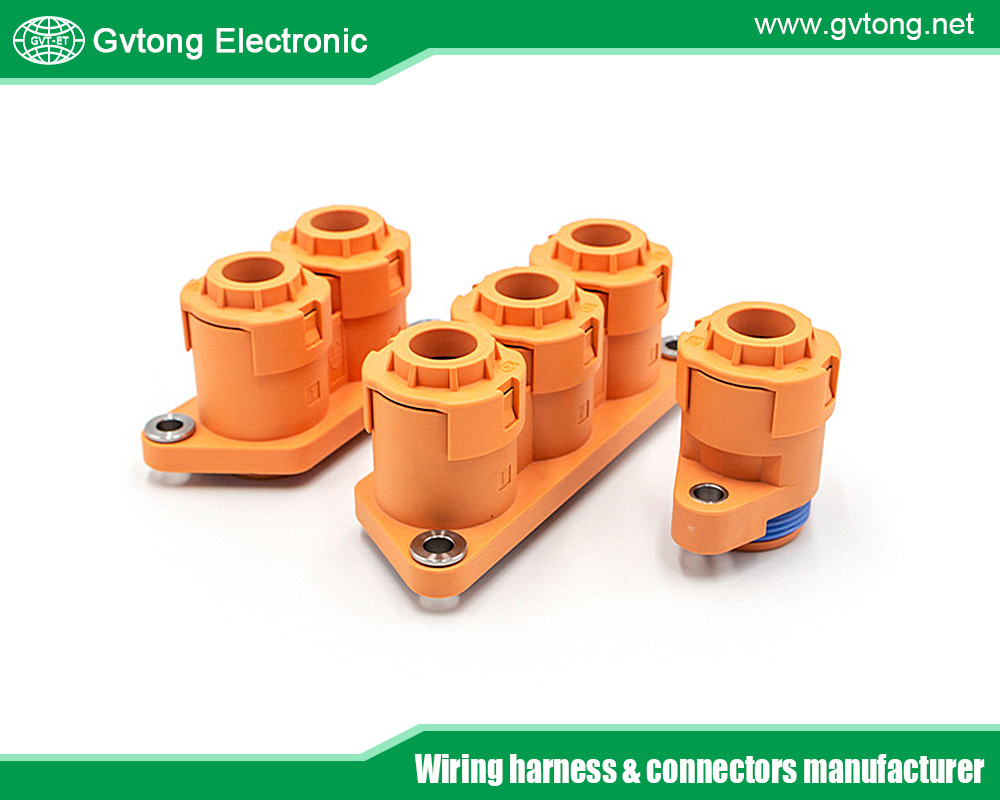
Conclusion
Identifying 8-pin wire connectors is a critical skill for anyone working with automotive or industrial electrical systems. By following manufacturer-recommended tips—understanding connector types, examining physical and electrical characteristics, leveraging markings, and using diagnostic tools—you can confidently select the right connector for your application. Avoiding common pitfalls, such as assuming universal compatibility or ignoring keying, further ensures success. As vehicles and equipment become increasingly complex, precise connector identification is essential for maintaining reliability and preventing costly errors. Whether you’re a mechanic, DIY enthusiast, or engineer, these practical insights from manufacturers empower you to tackle connector identification with ease. Keep a keen eye on details, use the right tools, and consult manufacturer resources when needed to ensure your electrical systems perform flawlessly.
For more about manufacturers tell you the tips for identifying 8-pin wire connectors, you can pay a visit to Gvtong at https://www.gvtong.net/ for more info.
Recent Posts
The Best GR Series-Circular Connectors Manufacturer
The Best GD Series Combined Power Connector Manufacturer
A Guide to Selecting the Best GH Series Plastic Connector Manufacturer
How High Pressure Connectors Work?
The Best Automotive Connector Companies
Tags
Recommended Products
-
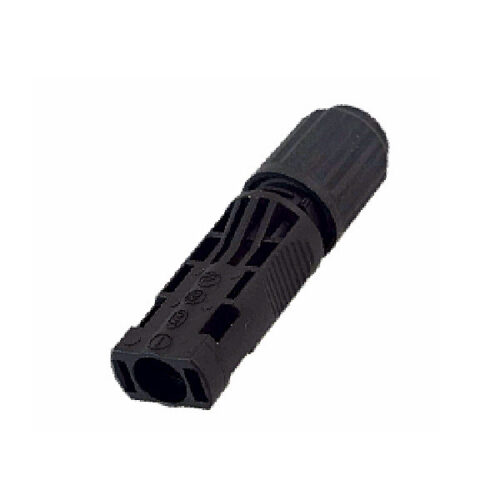
Photovoltaic connector – Wire end socket
-
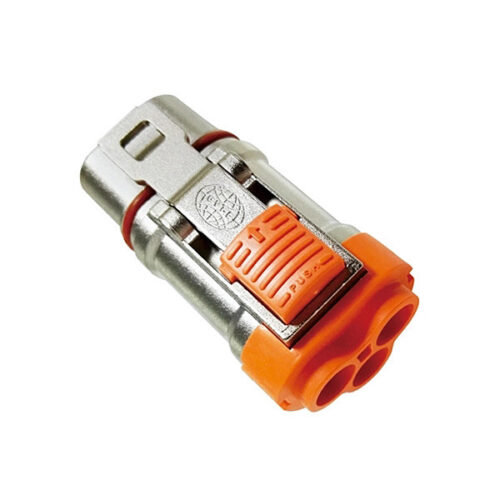
Metal connector-3.6mm-3 core
-
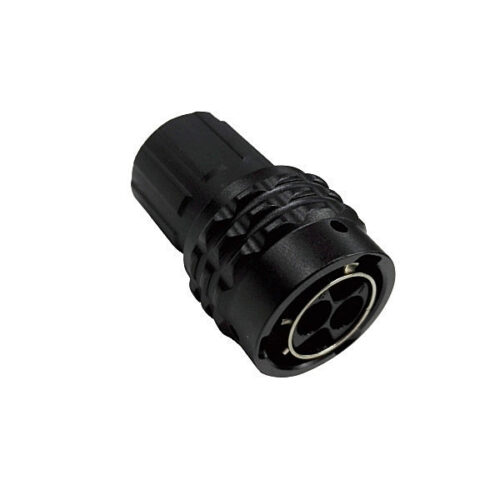
Signal connector-2 core-12#
-
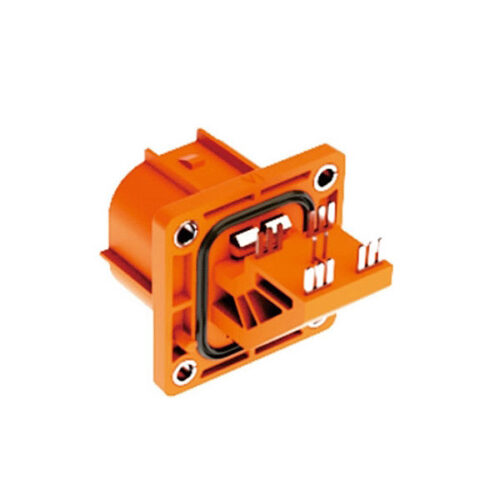
High voltage connector (4 cores)
-
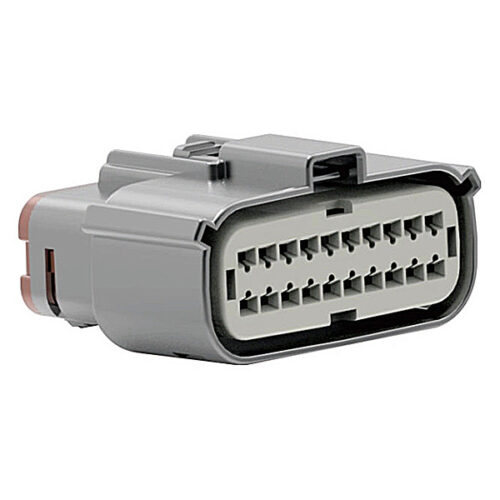
Low voltage connector-20PIN socket + plug
-
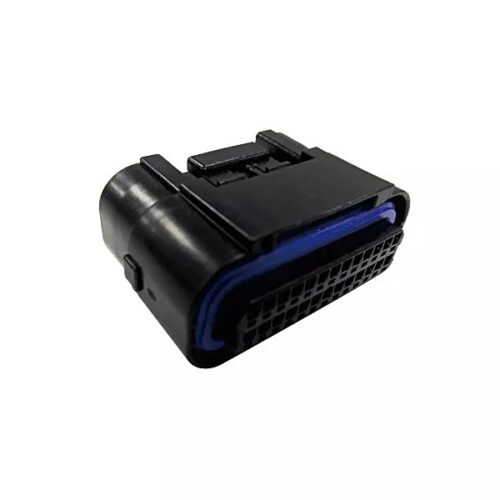
Signal connector – waterproof, double row, 34/40 core
-
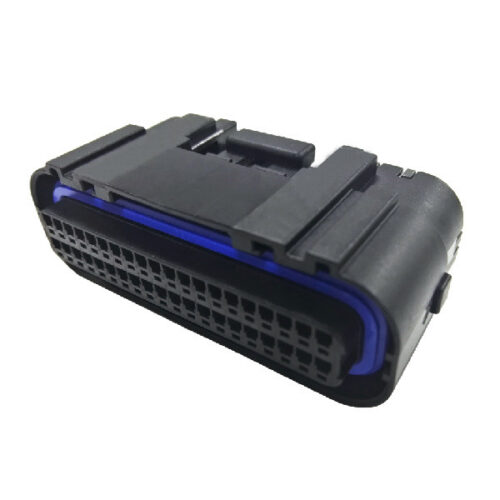
GE Series-34/40-core double-row signal connector
-
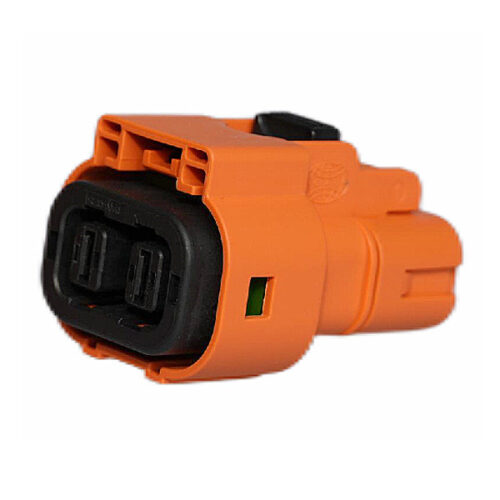
GH630 Series-2-core plastic high voltage connector
